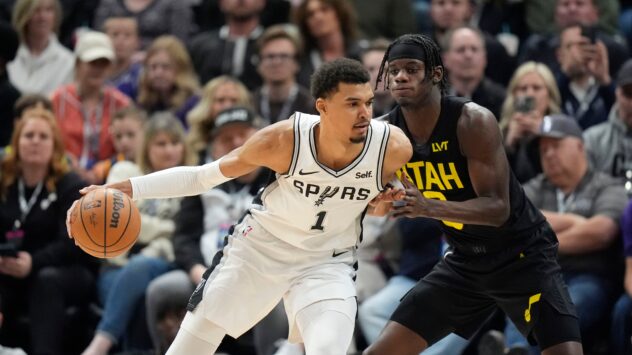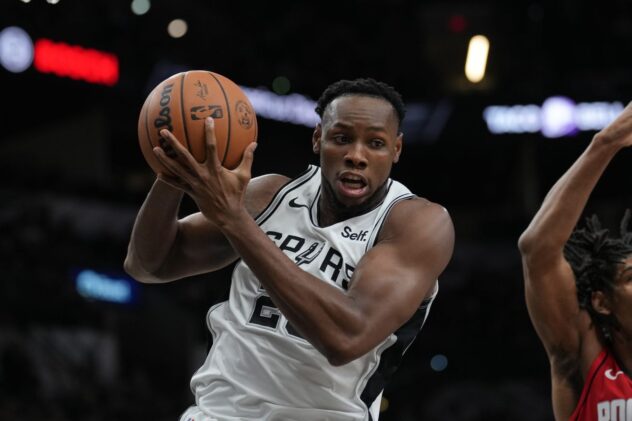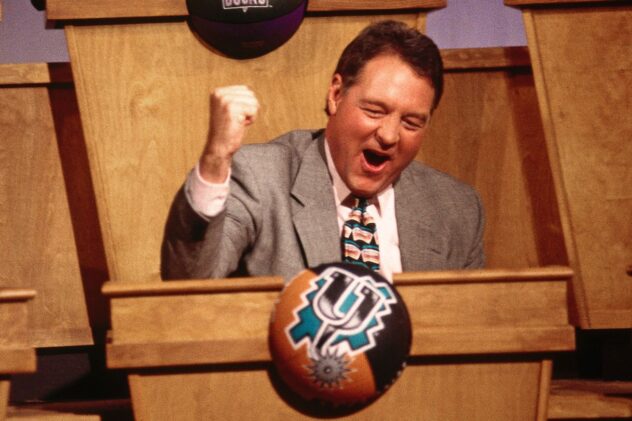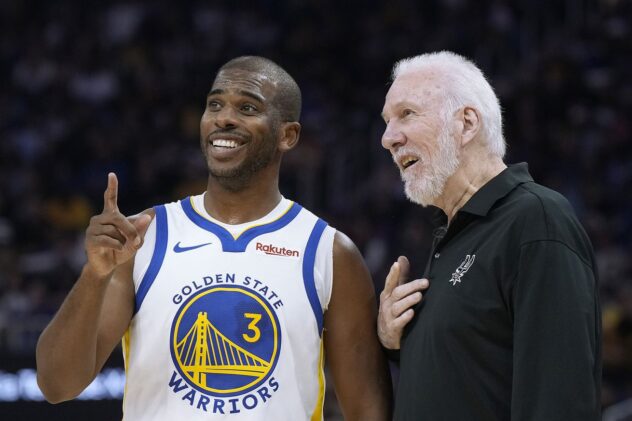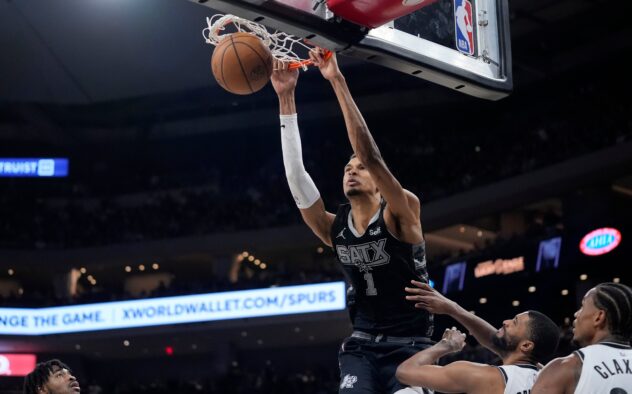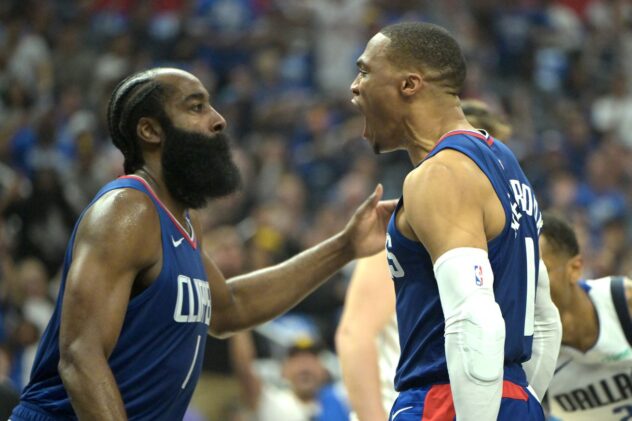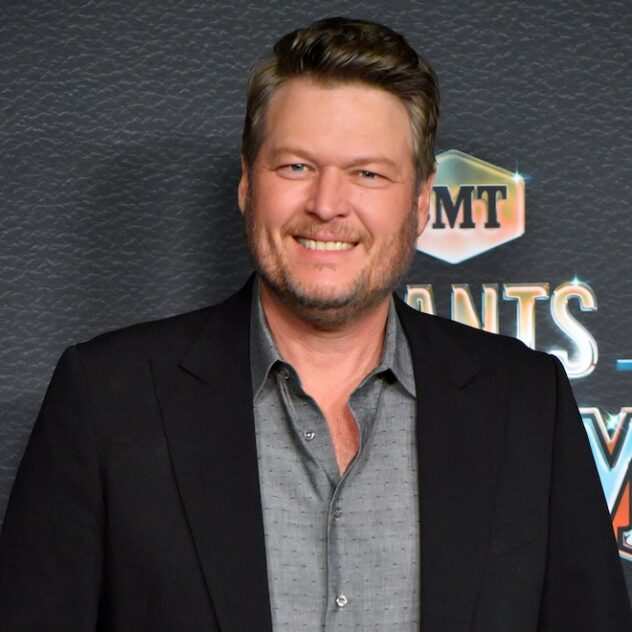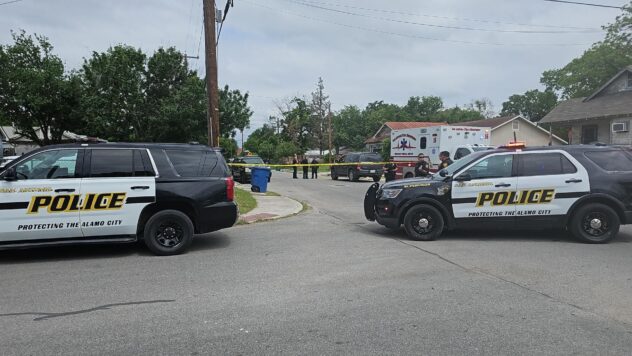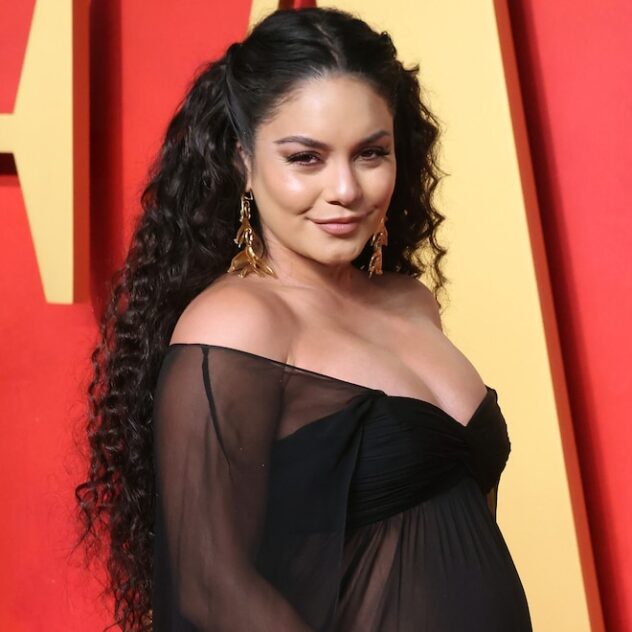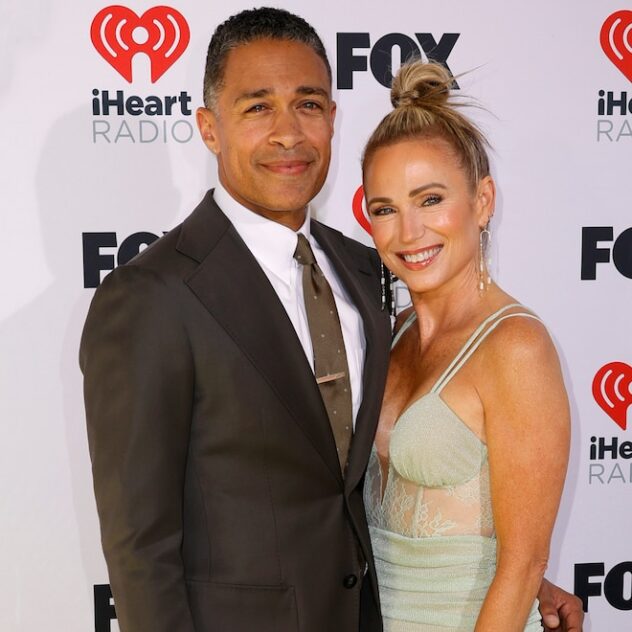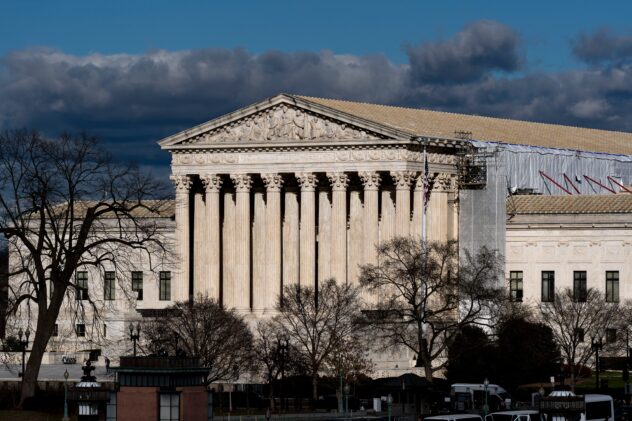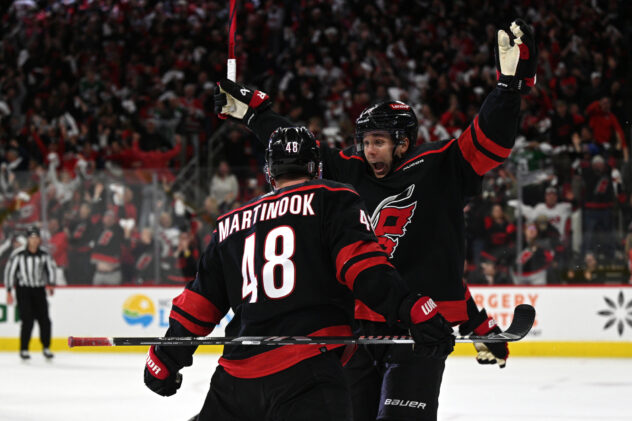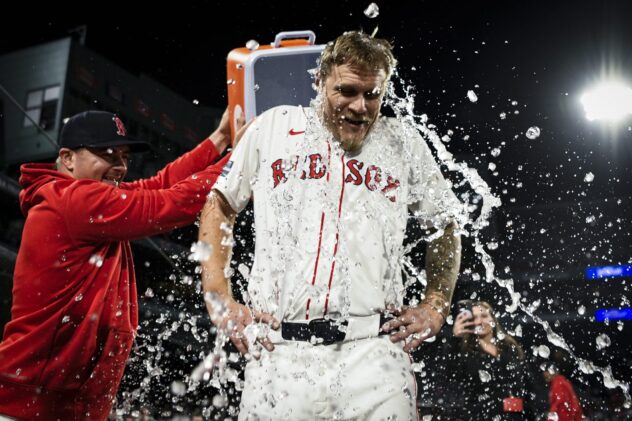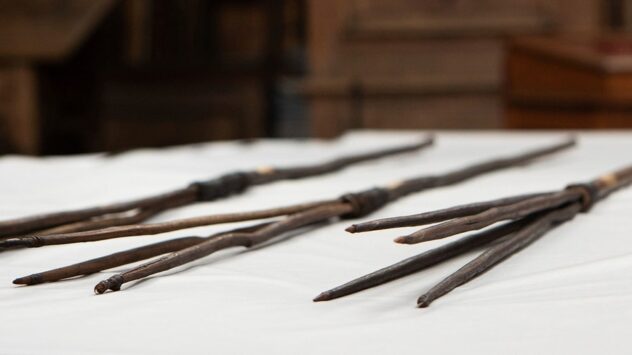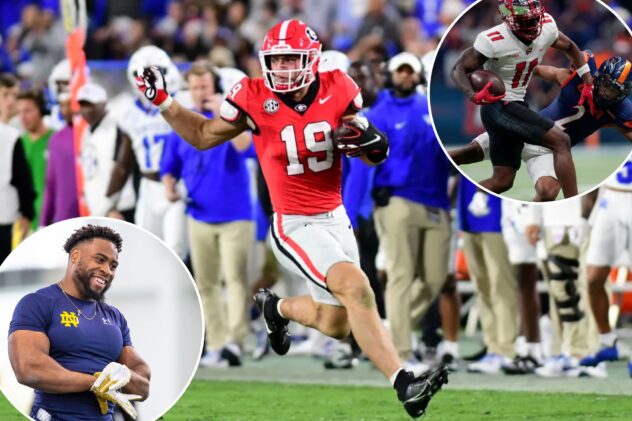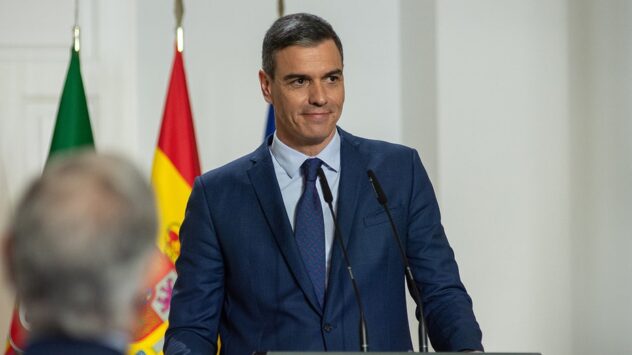Bryn Forbes: The Spirit Animal of Spurs Team Development

The rise of Bryn Forbes mirrors what is to come for the Spurs.
For the better part of the season, there’s been a Spurs player floating just below the radar; not so much due to a lack of visibility as the presence of agitated indifference, and it’s not terrifically challenging to work out just why that is. At 6’3” and 175 lbs, with only a 6’5” wingspan, Bryn Forbes doesn’t exactly rate as an impressive athletic specimen in the modern NBA. You’d actually have to go back pretty far in NBA history for those to be considered even mildly impressive physical traits. And unless you happen to be the San Francisco Bay Area’s lord and savior, Steph Curry (who at the same height and wingspan still managed to pack on 15 extra pounds of muscle), those are the sort of measurables that keep you out of the league.
So you could color me impressed when the miniature Spartan lit up the Summer League and managed to secure a steady end-of-the-bench role. I hadn’t thought much of him during his rookie season; he looked to me to be easily spooked, altogether too nervous for the bigger stage, and unlikely to adapt. It was a nice story — not that there’s anything wrong with that; I’d willingly donate a testicle just to make it to the NBA, much less share the bench with Manu Ginobili for a season or two — but I seriously doubted that it would ever come to anything more.
But then, in March of last season, I started to notice something: Forbes was improving. Admittedly it was him shooting close to 60% from three that month that had grabbed my attention in the first place, but in the process of examining what I was certain was a near-complete fluke, I recognized other things developing in way that I’d seen before: cuts were becoming more timely, and confidence in off-ball spot-to-spot movement was increasing in tandem with the ability to recognize when a defense was beginning to break down and where the opening would appear.
Bryn was actively reminding me of a pre-2013 Patty Mills (before he got in shape and started launching threes from every part of the court like a makeshift trebuchet), and unless I was watching cross-eyed, appeared to finally be getting the hang of San Antonio’s offense, or at least his role in it. The hot streak itself was at least partly a fluke (streaks being somewhat fluky by nature as it is), but the actions that had ultimately led to it were not. And that it was happening in the middle of the most FUBAR Spurs season in recent memory was interesting. Located firmly in the eye of all the real injuries, alleded injuries, finger-pointing, lineup changes, and just general upheaval, Bryn Forbes was figuring it out. Maybe there was something there after all.
Coming into this season I, as I’m sure some of you did as well, had rather high hopes for this team, certain departures notwithstanding. Exactly one ACL tear later, that optimism had all but evaporated. It’s not that I had lost my faith in Pop and Co., but more that seemingly every single thing that I had been feeling so positive about had taken a direct hit. Tony Parker left, Manu retired, Danny Green was shipped off to Toronto with Kawhi Leonard through no fault of his own, and now San Antonio’s most promising prospect (and best perimeter defender) had shredded a ligament. It felt like the effects of that 2017 Pachulia closeout had snowballed into an ordeal that simply refused to abate.
Never one to dwell on the negatives, I decided I would just put my head down, write about things that made me happy, and ignore the frustrations of a lost year. I was, after all, being a bit dramatic as I reasoned with myself. Insofar as NBA fan suffering is concerned, I am a sweet summer child, long accustomed to watching my team play into late May and early June. But winter comes for every franchise eventually (some longer than others — sorry, Knicks fans), and with the poisons of a previous season drawn the Spurs have a brighter future than most. So, I decided, I would be attentive enough to the season to write here and there, and would save my energy for next year.
And then Bryn Forbes happened.
Well, not “happened” per se. He was already present and such, but in that first game of the season against Minnesota, while in the process of trying to get a beat on DeMar DeRozan for a different article, I couldn’t help but notice that Forbes was holding his own. Granted, it was against the only team in the league with an off-season as tumultuous as the Spurs’, and against an only mildly imposing back-court (Derrick Rose and Jeff Teague do not an All-NBA tandem make), but it was a heck of a lot more progress than I had expected him to make. So I watched the next game, and the next, and the next, and while he did get roasted by Portland, Bryn was managing to hang with starting rotations.
To be sure, this was largely out of necessity, but it was intriguing nonetheless. This season my hope had been that Forbes would play well enough to chisel out a small yet reliable role with the second team, and here he was exceeding my most tenuous of expectations as a starter. Yes, he was (and most likely still is) better suited to a bench role, and yes, his defense featured the mental errors of a player not accustomed to so much court time. But it hadn’t yet turned into a disaster, and neither consequently had my Spurs. In what would become the year of Derrick White, Forbes of all players was the one getting me to tune in game after game.
And tune in I did. Whether it was fully-muted early-morning recordings in the den (in an effort not to wake my long-suffering missus), or from the flat of my back due to some uncharacteristic winter nerve twinges, I’ve watched all but four contests this year, which qualifies as the most in quite some time. And during San Antonio’s final match-up against Portland, while snarking, booing, and cheering from the stands alongside my newly adopted friends and colleagues (it’s not just Lonnie Walker IV’s rookie season, folks), I had an epiphany as to exactly why that is. For the first time since Tim Duncan’s retirement, I’m genuinely enjoying watching a Spurs team play basketball.
This isn’t to say that I didn’t enjoy the injury-stunted greatness of the 16’-17’ Spurs (I’ll never be able to say enough about that Harden block), or that privately I haven’t been reveling in the minor successes of a minor player on an objectively middling Spurs roster. But for the first time in several years I feel invested in a Spurs team not clouded by impending retirements or internal instability, and the reasons for that are closely related to my particular interest in the little Spartan that could.
Truth be told, up until now, the post-Duncan era in San Antonio has been incredibly disconcerting, and not as much for the lack a certain half-hobbling Virgin Islander as the lack of team identity. The 2016-17 Spurs, for all their assembled talent, reeked of a void that couldn’t be filled, not by the lingering remnants of a bygone era any more than by the superstar that shrunk from the spotlight. Countless articles were written referencing that team’s style of play as an attempt to define them, but a team’s reality is so much more than the locations of the shots that they take.
This relative lack of cohesion (by San Antonio standards) was masked by a winning season (something we now know Pop and Co. can manufacture out of just about any given island of misfit toys), postseason success, and injury outrage, but the following year finally reared its ugly head. Ultimately the cracks grew into a chasm, and San Antonio started this season in search of familiar successes, and most of all of direction. Oddly enough, inconsistencies aside, they seem to be finding it.
Amidst the more noticeable spectacles of Davis Bertans’ defensive anticipation finally beginning to negate his long-standing tendency to be posterized, Jakob Poeltl’s ability to smother just about any shot within his reach, and Walker’s satin gait starting to feel out and adjust to NBA game-speed, Forbes has continued to toil in the obscurity of plain sight. It might not surprise you to know that this season he stands at third in minutes played, fourth in points scored, and that San Antonio’s offense scores six points per possession more with Forbes on the court.
However, what you might not know is that the Spurs defense was less than a full point per possession worse with Forbes in action; forcing more turnovers per opponent possession, and most shockingly, sporting a higher defensive rebounding rate than in his absence. While a not-insignificant portion Spurs Twitter cried out to rush the development and injury return of Walker, there was Forbes barking orders and directing Dante Cunningham through defensive rotations in that Knicks game back in mid-March, setting disproportionately smoothing screens on former Spur Aron Baynes just a few games later, while LaMarcus Aldridge went off for forty-eight points, and poking away seemingly every ball within his somewhat abbreviated reach.
Similar to Forbes, these Spurs seem to be finding their footing at last. Oh, they both still have their struggles to be sure: the defensive lapses, the chronic over-passing, the inconsistent late-game execution, it’s all there. Some of that should be expected, given the unfamiliarity and unavoidable growing pains afflicting parts of the roster, combined with the relative dearth of reliable defenders. I imagine it’s hard to be consistent on the less glamorous end with such an imbalance.
But not unlike Forbes, San Antonio has been showing flashes of the team to come. It’s easy to dismiss those December and March hot streaks, but a team as beleaguered and disadvantaged as these Spurs had no business being as good as they were then. Credit Gregg Popovich, but team cohesion and determination had a great deal to do with that subversion of expectation; and sustaining that level of play is the inevitable next step. And not unlike in the case of Forbes, the rewards of this team’s resolve are becoming more apparent.
At the end of a season filled with numerous missed opportunities against teams that the Spurs arguably should have come out on top against, this can be hard to see clearly. Progress can be a tricky thing to suss out when the results appear to be on par with those that preceded them. At best, San Antonio will only exceed last year’s win total by one and will spend a second straight postseason in the company of the bottom three seeds in the Western Conference. But as is also often the case in player development, it’s a combination of the eye test and proper context that most often confirms improvement in the interval preceding any team and/or player “making the leap”.
That the San Antonio Spurs could lose four of their best defenders from the previous year and still manage to improve on last season’s overall record (by one), road record (by two), and potentially cap the regular season as the 6-seed speaks volumes about the journey this team has taken since October and November, as well as to the eventual ceiling on the cauldron of potential currently brewing within the confines of the AT&T Center. San Antonio will make the postseason with the lowest defensive rating of any team playing beyond the regular season, a statistic that is as cringe-inducing as it is marvelously confounding.
And yet, since their return from a historically disastrous Rodeo Road Trip, there’s been a noticeable difference in the chemistry of this team. The signs were there as early as Rudy Gay’s emphatic game-winner against Phoenix back in January, when in the moments after coolly nailing that just-inside-the-arc jumper he found himself being mobbed by a group of teammates led by Bertans, Forbes, White, and Poeltl.
What struck me most at the time was the youthful unity of this team, top to bottom. For whatever reason, in past seasons the enthusiasm has never felt like it quite measured up to the win total. There’s been a collective joylessness that is now being made all the more obvious against the backdrop of this team of young scrappers. The Duncan teams of yore mirrored the more sedate quality of their franchise icon, but they were never to be found lacking in internal merriment, something that’s been sorely missed, and only fleetingly replicated in the years since Big Fun’s abdication.
Still, this team, this under-gunned and out-manned collection of the underappreciated and overlooked, flirted heavily with a fifty win season in spite of the loss of their starting point guard and seems to have found a plucky unity in the midst of their perseverance. You can see it in Gay’s anticipation of blown rotations and the encouragement he offers the offending players in spite of it, in the way that Poeltl has learned to communicate and cut based on the positioning of Aldridge and Mills and the development of a promising high-low partnership, and in the calm (seemingly preordained) way that White navigates from point to point all the while anticipating his teammates movements; these are traits born of time and harmonious repetition as much as talent and determination. Fifty win seasons notwithstanding, for the first time in some time, this team is inwardly coalescing like a team.
It’s hard to know what exactly will come of a season that has been considered a lost one by a majority of Spurs fans, but I’m willing to call this one a success. At the end of the day only one team gets to bring home the trophy, but in absence of championship aspirations, few teams appear to have gained as much as the Spurs. In a few years we might be looking back on the 2018-2019 season much in the same way we look back on the the early 2000’s as the beginning of so much more.
While the fate of our resident Spartan remains as fluid as ever (his trade value has never been higher), there can be little doubt that in living out of the eye and ear of an inattentive national press, this season in San Antonio has been a media season of Forbesian neglect; so much critical development in the absence of a spotlight. Perhaps Bryn will allowed to continue on here in the anticipation of Mills’ eventual departure. Perhaps he’ll be leveraged as part of a package for the versatile forward that the Spurs so sorely need. (I think we all remember the last time PATFO traded a hot-shooting guard for a forward.) Perhaps he’ll serve a notable role on a San Antonio team that rises from the ashes of The Nephew’s pyre. Who’s to say?
In any case, this isn’t to tell you that the best is yet to come; it’s to tell you that it’s already arriving. This team won’t be Forbesian for long. Enjoy the struggle while it lasts.
Source: Pounding The Rock

